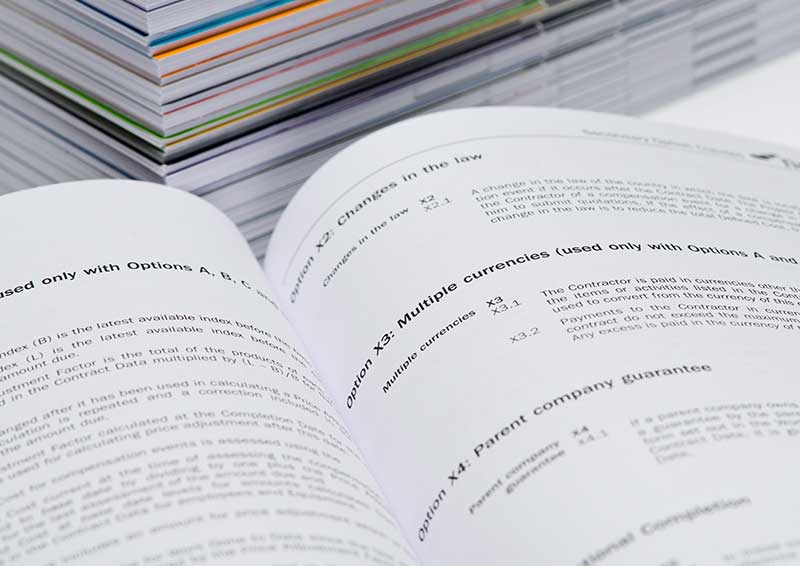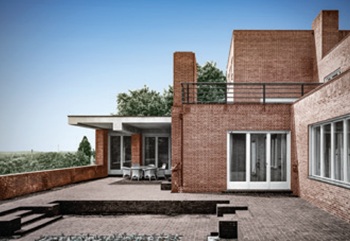Traditional contract - pros and cons
The 'traditional' procurement route, sometimes referred to as 'design bid build' (or 'bid build' by contractors) remains the most commonly-used method of procuring construction works.
Under this route, the client first appoints consultants to design the project in detail and then prepare tender documentation, including drawings, work schedules and bills of quantities. Contractors are then invited to submit tenders for the construction of the project, usually on a single-stage, competitive basis. The contractor is not responsible for the design, other than temporary works, although some traditional contracts do provide for the contractor to design specific parts of the works.
It is considered by some that one of the main advantages of the traditional method is the greater certainty. This is because the design is finalised before contractors are appointed, and so there is clarity about precisely what is required and how much it is likely to cost.
This is as opposed, for example, to the design and build procurement route, where the tender process begins before the design is complete. This can lead to unexpected costs or other issues as after tender, and some believe that as the design is completed by the contractor, rather than by an 'independent' design team, the quality may be lower.
The traditional procurement route does allow some flexibility post tender, through issuing instructions, variations and so on.
However, it can be slower than other forms of contracting, and as the contractor is appointed only once the design is complete. This also means the contractor is not able to help improve the buildability of the design, or to input into the packaging of the works as they develop.
There may also be cost disadvantages entailed in the traditional method, as costs may rise if a large number of changes are made to the original design. In addition, since quantities are specified in, the contractor has little flexibility to manage the price and provide better value.
[edit] Related articles on Designing Buildings
Featured articles and news
Villa Wolf in Gubin, history and reconstruction. Book review.
Construction contract awards down £1bn
Decline over the past two months compared to the same period last year, follows the positive start to the year.
Editor's broadbrush view on forms of electrical heating in context.
The pace of heating change; BSRIA market intelligence
Electric Dreams, Boiler Realities.
New President of ECA announced
Ruth Devine MBE becomes the 112th President of the Electrical Contractors Association.
New CIAT Professional Standards Competency Framework
Supercedes the 2019 Professional Standards Framework from 1 May 2025.
Difficult Sites: Architecture Against the Odds
Free exhibition at the RIBA Architecture Gallery until 31 May.
PPN 021: Payment Spot Checks in Public Sub-Contracts
Published following consultation and influence from ECA.
Designing Buildings reaches 20,000 articles
We take a look back at some of the stranger contributions.
Lessons learned from other industries.
The Buildings of the Malting Industry. Book review.
Conserving places with climate resilience in mind.
Combating burnout.
The 5 elements of seiri, seiton, seiso, seiketsu and shitsuke.
Shading for housing, a design guide
A look back at embedding a new culture of shading.
The Architectural Technology Awards
The AT Awards 2025 are open for entries!
ECA Blueprint for Electrification
The 'mosaic of interconnected challenges' and how to deliver the UK’s Transition to Clean Power.

























Comments